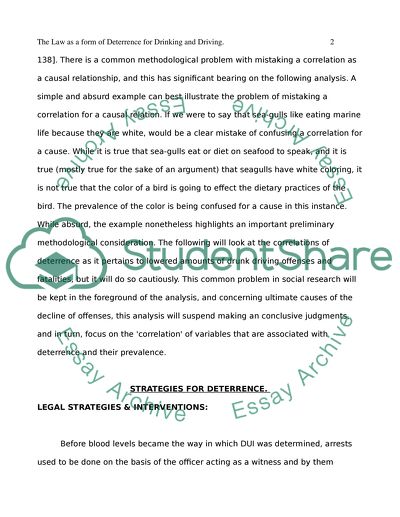Cite this document
(“The Law as a form of Deterrence for Drinking and Driving Research Paper”, n.d.)
Retrieved de https://studentshare.org/law/1390845-the-law-as-a-form-of-deterrence-for-drinking-and-driving
Retrieved de https://studentshare.org/law/1390845-the-law-as-a-form-of-deterrence-for-drinking-and-driving
(The Law As a Form of Deterrence for Drinking and Driving Research Paper)
https://studentshare.org/law/1390845-the-law-as-a-form-of-deterrence-for-drinking-and-driving.
https://studentshare.org/law/1390845-the-law-as-a-form-of-deterrence-for-drinking-and-driving.
“The Law As a Form of Deterrence for Drinking and Driving Research Paper”, n.d. https://studentshare.org/law/1390845-the-law-as-a-form-of-deterrence-for-drinking-and-driving.


